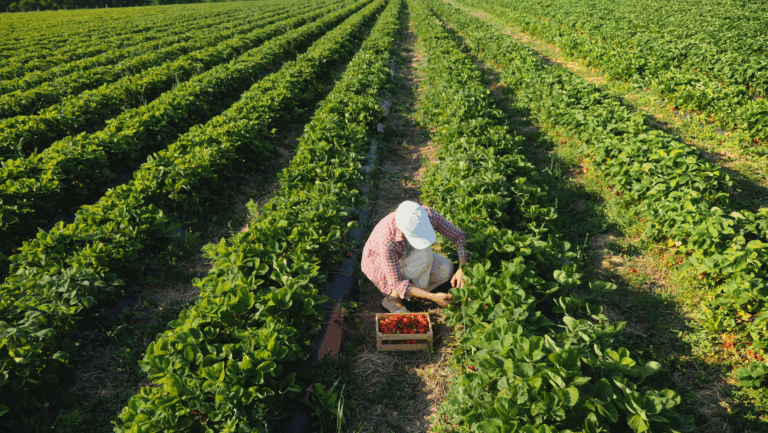How to Prepare Your Operation’s Finances Before Applying for a Loan
Establish a good financial record-keeping system to leverage the best terms for your next farm loan.
Applying for a loan can be a scary, frustrating process, especially when your time is dedicated to planting, harvesting, or caring for livestock—but with the right preparations in place, it can be a less daunting of a process.
In this article, we’ll review how to best prepare your finances prior to applying for a land loan, in order to create an efficient process for you and your loan underwriting team.
Implement Smart and Strategic Bookkeeping Practices Within Your Farm Operation
Bookkeeping is an important first step in preparing your finances prior to applying for a farm loan, because it helps keep your financial records clean and up to date. Proper bookkeeping provides your financial lender the ability to quickly assess whether you have a clear understanding of your operation’s financial stance, have a long-term business plan in place, and recognize what it will take to pay back business expenses in an efficient manner.
An accrual basis accounting system, is another option for operators that manages the operation’s finances. Accrual basis accounting focuses only on the acquisition date of expenses and sales and ignores all transactional dates.
What makes accrual basis accounting a smart idea?
Unlike other accounting methods, it enables you to see a clear picture of your operation’s profitability on a month-to-month basis regardless of when cash enters or leaves your business. It also helps business owners identify financial trends throughout the year and make better financial forecasts for the upcoming years. Although it takes a bit more effort, the clarity that accrual basis accounting provides is worth the additional work.
Keep Track of Your Debt Schedule to Help Creditors Understand Your Needs
Another good practice for finance preparation includes, keeping an updated business debt schedule as part of your bookkeeping practice. This will help you review, assess, and visualize your debts, as well as allow you to make strategic decisions about paying off debt, acquiring new debt, or creating long-term projections for investors and creditors.
Your business debt schedule should include a list of all your business-related debt, including any loans, leases, contracts, and notes payable. Detailed memos for each debt should be included, such as who the creditor or lender is, the current balance and original total debt amount, the interest rate, monthly payment, maturity date, due date, and any collateral pledged. Keep in mind that regular short-term expenses (accounts payable and accrued liabilities) are not usually included in a debt schedule.
Adjust Your Farm’s Accounting Calendar to Follow the Government’s
As you embark on the loan process, it’s smart to align your farm’s accounting calendar year with the government’s specifications and terms during a calendar year.
For example, if you have livestock and an animal is born early, late, or out of season, they might not fit into the government’s rigid definition of age, which can cause long-term issues if you’re trying to keep a tally of your operation’s livestock.
These problems can be compounded if you have breeds that reproduce throughout the year or outside the usual seasons. As a result, the simplest solution is usually to align with the government’s definition of significant dates and livestock ages when managing your accounts. Although this may sound more complex, it eliminates the need for more difficult calculations in the future.
Develop a Clear Business Plan for Your Ag Operation
Finally, it’s critical to have a strong business plan that outlines your operation’s mission, goals, and objectives, while also clearly articulating the ways in which you will achieve those goals. A business plan will assist the loan underwriting team to have a better understanding of your operation’s history, business structure, risk management strategies implemented, as well as financial history to determine your eligibility for a land loan. Lenders will analyze five factors, know as the 5 C’s of Credit, to determine your risk for defaulting on a land loan. The stronger an operation’s 5 C’s are, the lower the risk of default, and the more likely you will be approved for a loan.
See More: Refinancing Your Farm Operation – What You Need to Know
AgAmerica is unique in that we are one of the largest, non-bank ag lenders offering both conventional and nonconventional loan products, enabling us to create customized packages that help farmers and landowners meet their finance needs. We evaluate off-setting strengths within your loan as well, if your lending factors don’t meet specific requirements.
When you’re ready to apply for a loan, contact us to speak with our team of professionals who are prepared to help you reach your long-term financial goals.






